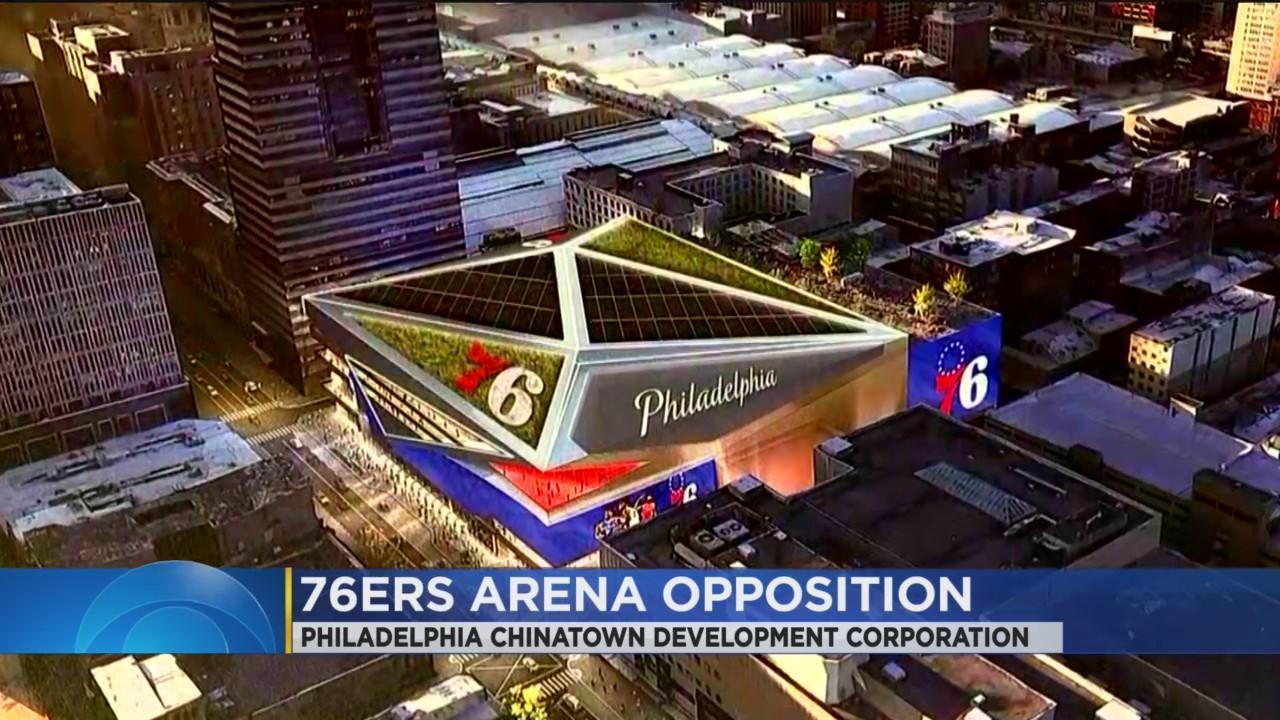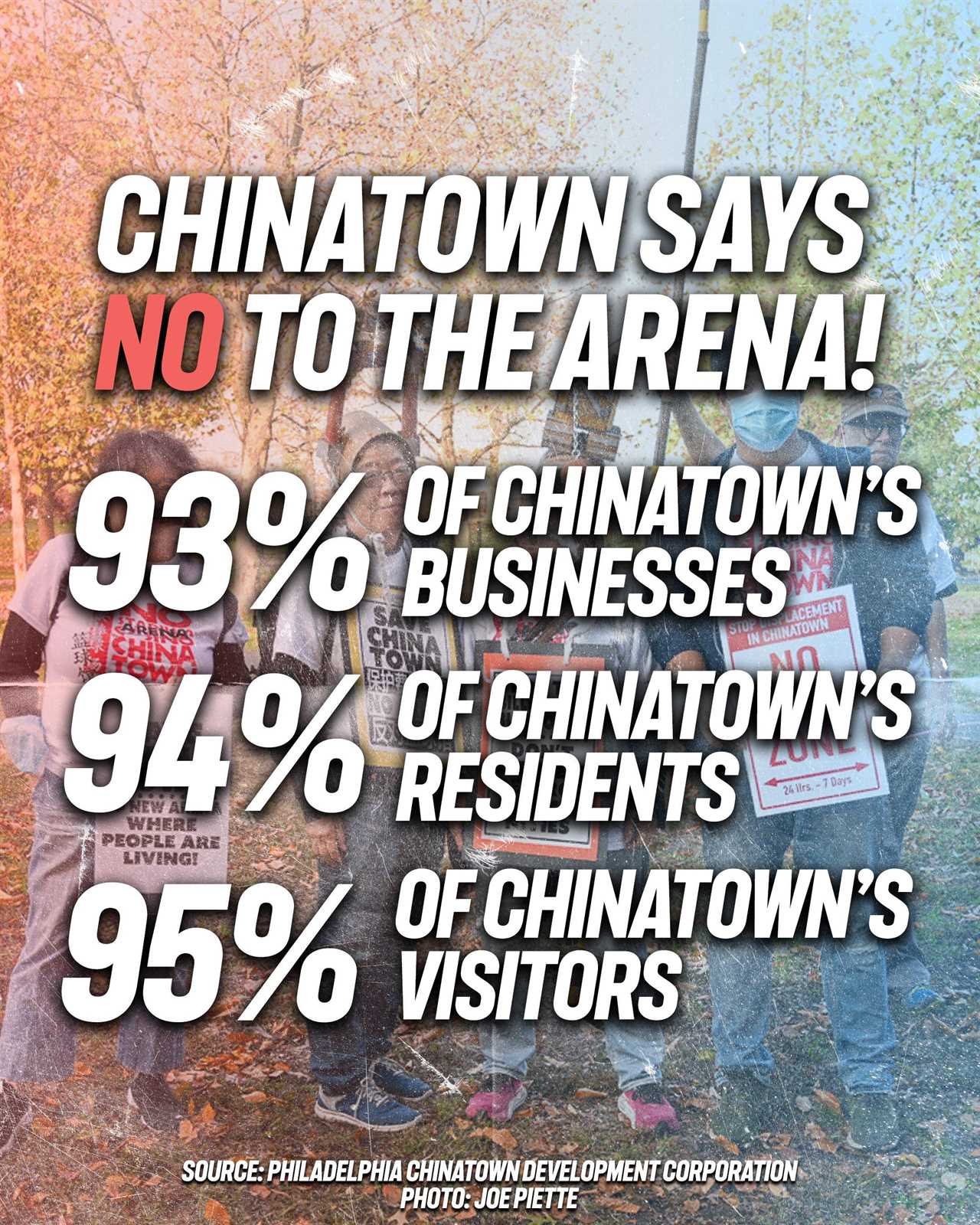The Philadelphia Business Journal published quite an interesting viewpoint this week. The article had a decisive pro-76ers slant that included the usual talking points of how a new arena will be an economic monster. But it also had some intriguing takes. Such as a list of “facts” that contained no facts. Let’s start with the author of this piece being a part of the Chamber of Commerce for Greater Philadelphia. FieldOfSchemes.com has written many good stories elaborating the absurd lengths that local chamber of commerce groups will go to help out their local sports teams. The Chamber of Commerce in Oklahoma City got laughed at when they tried to claim, without a single shred of evidence, that a new arena would net the local area close to $600 million in economic benefits. The Chamber of Commerce in Worcester was not going to let actual economists tell them what to say or think. Nevermind that taxpayers had given the ballpark over $150 million of their money. Forget that since the ballpark began to be built, just about all the mixed-use development outside the ballpark has been reduced or eliminated. According to an article written by the local Chamber of Commerce, this ballpark was and will continue to make the city money! Just don’t pay attention to numbers or anything like that. I think you get the picture.
On to the arena! Why should we agree to this 76ers proposal? The author brings up a good point in reminding us that when we look in the past, we will see how poorly the city has consistently failed with developments like the 76ers proposal. The article states that over the last 25 years, local leaders of the proposed arena site have seen “failed development, empty promises, and broken promises”. Well, count me in on being excited about the chances of this project succeeding!
 — Statista
— Statista
Another galvanizing take is that a new arena should be built because the current land/neighborhood is in absolutely terrible shape. If we were to look at the proposed site of the new arena right now, the viewpoint admits that we would see “lines of darkness punctuated by the homeless, panhandlers and would-be robbers”. After that lovely view, we would find a “lack of foot traffic, and the feeling of desolation”. If we are still alive, we should count ourselves lucky. Recently in the area, a local Macy’s store security guard was killed. Not to worry, though, as this new arena would bring out the best in humanity. Or, as the author says in the piece, this new arena “represents a plausible solution” to fix the abominable situation currently found around this part of the city.
Whenever a city needs to fight crime, they turn to building a new arena. That is how you get after the drugs, killing and other illegal activities. I couldn’t find a single example where a new arena did anything whatsoever to fight crime or even remotely help a city’s housing or economic issues. In fact, there are situations around the country right now that prove how irrelevant an arena can be when discussing the surrounding venue issues. The Washington Wizards/Capitals are moving out of DC and to Virginia due to crime getting WORSE outside their current arena. Considering just how badly the current site is today, the city and team have quite a bit of work that will need to get done before the arena could be built. Just to be safe, fans should probably go nowhere near the new arena for a few years.
Now comes my favorite part of the article. Here, the author lays out what he claims are the “facts” of the proposed arena. Let’s go over these facts.
- “There is no evidence of any significant displacement of Chinatown residents and businesses”
I liked how the author added the word “significant” to this sentence so that he can double-down or back-track if needed. In terms of displacement and the new arena, we still don’t know much about the actual details. Why? Because the 76ers have not told us. The public is still waiting on many basic answers to questions that should have been told to us when the proposal first went public. Why is it that we still have next to NOTHING information-wise on this lower-income residential tower? Why is the so-called master plan still such a mystery to so many who want answers? For months, the team has preferred private, closed-door meetings with local officials to discuss their plans. It was only recently that they tried to have public meetings. The same public meetings where it is impossible to ask a second question and team owners can be shielded from any questions that they don’t want to answer? No wonder, the team was met with a “choruses of boos” at their community meetings.

— CBS Philadelphia
What little we do know should scare the hell out of those who live near the proposed arena location. The 76ers have, in fact, stated that they are going to “eliminate part of Filbert St. to make space”. (Side note…Remember when the 76ers tried to have language secretly put into a bill that allowed the team to control and wipe out Filbert Street without local approval?) That is all we know about what the team wants to do on this piece of land. If I am someone within a block of that, I do start to wonder whether the project will expand and knock my own house out of the area. This is why so many local housing groups agree that this new arena could absolutely push out a number of residents and businesses, depending on how the contract language is written. As PhillyVoice.com wrote, it wasn’t that long ago that the city of Philadelphia tore down a neighborhood for a development and hospital. In fact, as WHYY discussed recently, over 20 new groups have joined with Chinatown protestors in not wanting to see the new arena built in its proposed location.
I must say that I love how the 76ers responded to the Chinatown protestors. The team says that “the facts are clear and undisputed” and “emphasized its $50 million community benefits agreement”. Well, the CBA must spell out the answers to many questions that we have been asking. Right? No. The CBA “has not yet been defined”…meaning nothing has been agreed to. Yes, the 76ers are giving us clear and undisputed facts from non-existing agreements and never-stated promises! Moreover, the CBA will be nonbinding. This allows the team to choose what parts of the agreement that they want to follow with zero liability. We have seen this happen in Detroit and most other cities where newer sports venues have been built. Yes, I have seen where the team claims that it will be binding for 30 years. Let’s see that language in writing, then.
- “The Sixers arena will create an economic boom for Chinatown businesses…could be a watershed moment for East Market…could be a catalyst for a return to Center City”
This one is simple. Where does he get this from? He doesn’t explain this, nor does he tell us how or where this economic boom will come from. I guess facts can just be made up out of thin air? Do I need to post more links of examples where a new arena, ballpark, or stadium failed to remotely deliver financially? Two years ago, the Investigative Post wrote a good story explaining how virtually all economists and researchers “universally agree that stadiums are unlikely to generate anywhere near the level of tax revenue needed to offset the public subsidies tied to their construction”.
- “The creation of jobs both pre-, during and post-construction will be a boost for our economy”
This is the most common argument from those wanting a new sports venue. It also continues to have zero evidence behind it.
“The results are very, very consistent in saying that, stadium construction, hosting professional sports teams, arena construction really has very, very little impact on local economy” – WUSA9.com, Dennis Coates, a professor of Economics at the University of Maryland Baltimore County
People who are actually economists have tried to tell the public that construction jobs created from a new arena, ballpark, or stadium do not help a local economy at all. Many people love the Baltimore Orioles ballpark. The team got $200 million from state/local taxpayers. Let’s find out how much was added to Baltimore’s economy in terms of “new jobs” and other tax revenues from the building of their ballpark: $3 million a year. But the team was given $200 million? That is quite the steal. But don’t teams have employees who work game days? Don’t those bring in new jobs and money?
 — #GetTheFacts
— #GetTheFacts
Let’s ask the two people who have gone over more stadium finance details than anyone else in the country:
“Most stadium employees work part time at very low wages and earn a small fraction of team revenues. Thus, substituting spending on sports for other recreational spending concentrates income, reduces the total number of jobs, and replaces full-time jobs with low-wage, part-time jobs.” – “Sports, Jobs, & Taxes: Are New Stadiums Worth the Cost?“, Brookings, Andrew Zimbalist and Roger G. Noll.
As more cities continue to fund the construction and maintenance of new sports venues, we continue to see more and more evidence that low-wage, mostly part-time jobs, created from a new venue, have absolutely zero effect on the local economy.
- “The combination of public transportation and smart parking should be an opportunity for good-faith negotiations and not a barrier for opposition”
Like most parts of this proposal, local anger about public transportation comes from the lack of answers by the team. The team initially stated that their transportation plans for the new arena would involve no new parking additions due to “existing lots and garages (being) sufficient”. How on earth could the 76ers think this? Well, they released an estimate that the new arena would bring in 3,700 cars per game, which is quite low. The way they got to that number was by forcing many fans to suddenly change how they travel to sporting events. Why should the 76ers be forced to do anything when their fan base can make all the painful, annoying and difficult changes needed to fit parking into this plan? As the Philadelphia Inquirer wondered aloud, the 76ers estimates can only be correct if the team somehow figures out how to “drastically reduce the percentage of fans who now drive to the game” while also increasing the “percentage of those who travel on public transit”.

Since this initial estimate, the 76ers have thrown out numerous ideas without anything concrete. I have seen articles where the team plans to issue free train passes to season ticket holders, as well as sell pre-paid parking passes to close parking lots. The city hasn’t done anything to actually solve the question, either. All they did was ask for several fast-tracked reports on the community impact of the new arena, on the economics of the arena and for any design services. That’s it.
The Philadelphia Phillies use a Temple professor to help with transportation issues in the downtown area. When talking to the Inquirer, he told the newspaper that he sees numerous difficulties with the way that the 76ers are going after transportation and parking issues. First, the 76ers are “(underestimating) the number of people who will drive to the arena”. Second, the 76ers haven’t released any information that details what to do with “random occurrences like street work, double-parking, or medical emergencies”. Third, if the 76ers use these low numbers for parking and transportation planning? “It’s not gonna work” the professor summarized.
https://subsidystadium.com/2023/12/18/philadelphia-ceo-has-numerous-facts-showing-how-good-a-new-76ers-arena-will-be-for-local-residents-then-provides-nothing-whatsoever/
 Backyard GrillingWeekend WarriorsAdvice from DadBeard GroomingTV Shows for Guys4x4 Off-Road CarsMens FashionSports NewsAncient Archeology World NewsPrivacy PolicyTerms And Conditions
Backyard GrillingWeekend WarriorsAdvice from DadBeard GroomingTV Shows for Guys4x4 Off-Road CarsMens FashionSports NewsAncient Archeology World NewsPrivacy PolicyTerms And Conditions
